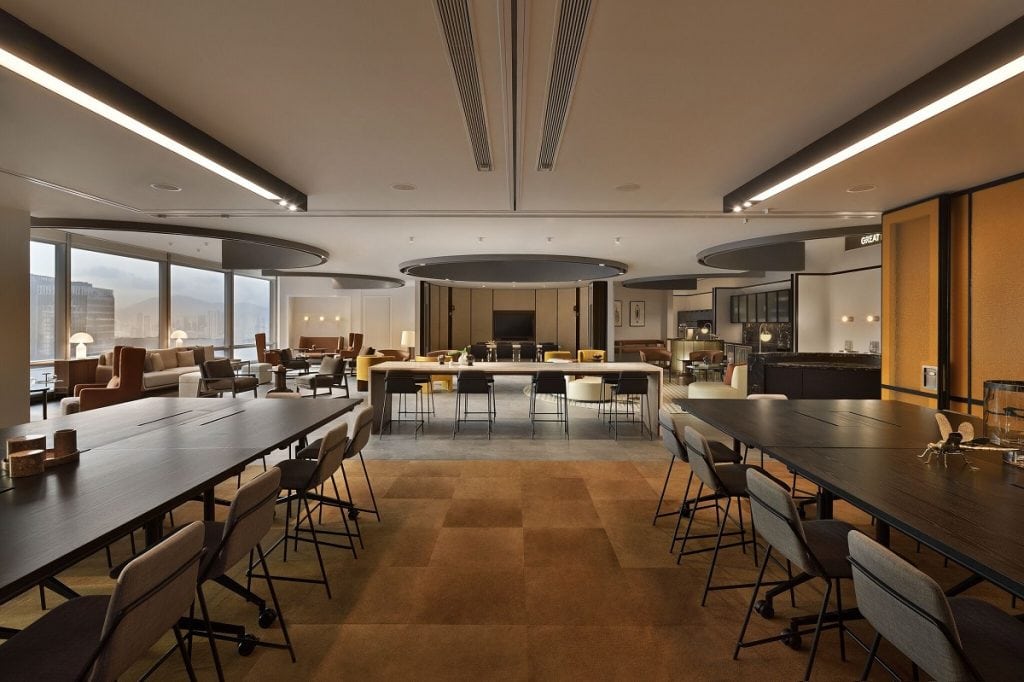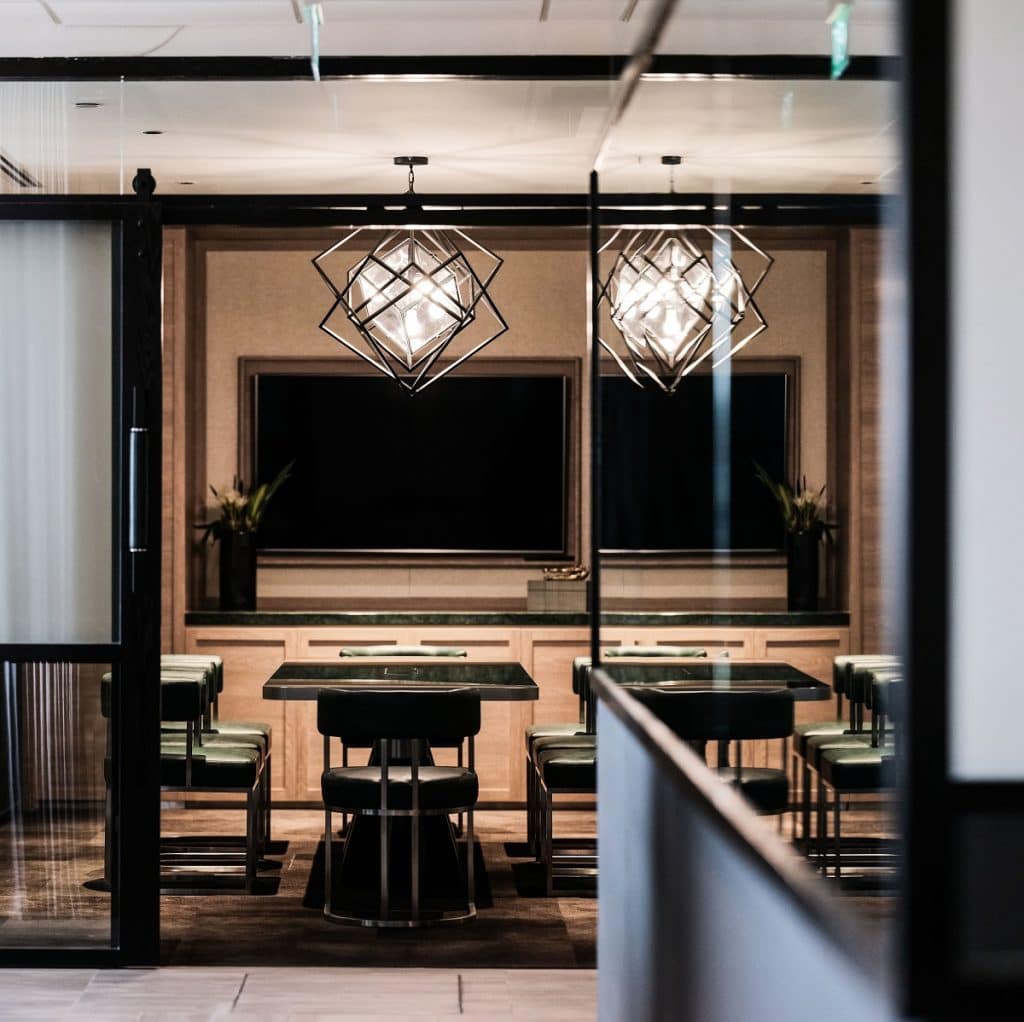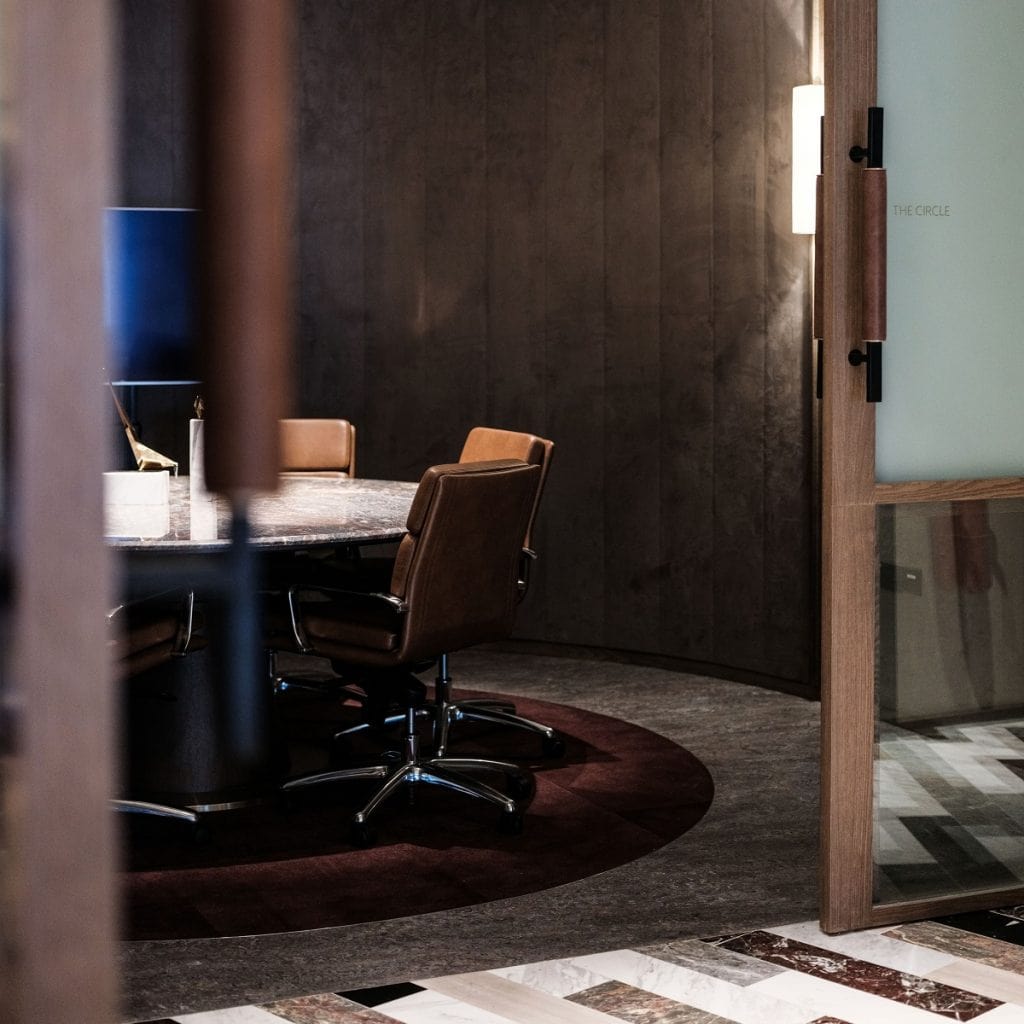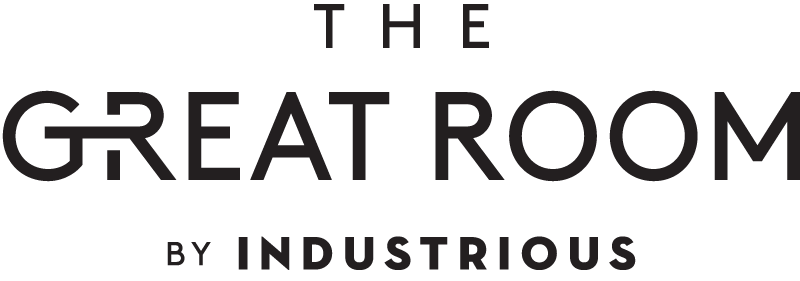There is more than meets the eye in the lighting design applied in The Great Room venues
Your hair is perfectly coiffured, your outfit making just the right statement, and the perfect background of your favourite The Great Room venue is set up. You are ready for that big presentation from home, yet somehow, you find yourself not looking quite as sharp on screen as you usually do. What you are missing: the finely calibrated lighting at The Great Room, purpose-designed by internationally acclaimed lighting designers DJCoalition.
Yet good lighting does a lot more than, well, make one look good. “There is a well-researched science behind light and its effect on productivity. In simple terms: light has to enable our visual tasks, encourage connectivity to the environment around us and reinforce our physiology. When it does this, we are more productive,” explains David Skelley, the Chairman of DJCoalition.
“The Great Room has the opportunity to be at the forefront of good office lighting design – which needs to be focused on people and offer personalised solutions,” opines David. “Conventional office space lighting design needs to catch up to co-working spaces where lighting solutions are more flexible and variable to suit the task and the user.”

Drawing Room – The Great Room One Taikoo Place, Hong Kong
Different lights for different tasks
“If you are relationship-building with a member of the co-working community over a drink or two, you want to get everybody relaxed – the lighting needs to be warm and inviting and at a low scale. This means using floor lamps, desk lights, wall lights, sconce lights… not just light beaming down from the seating,” details David.
The meeting rooms, on the other hand, feature three different light settings: brighter wall and ceiling up-lighting to create a more for formal atmosphere; dim ambient lighting with the light focused on the speaker for presentations; and even, neutral lighting throughout the room for video conferences to avoid stark contrasts between faces and the background. Colour correctness is also critical.
At The Great Room, David uses high quality LED lighting that mixes a wide spectrum of lights to recreate a “white” light: “Our physiology needs the whole spectrum of light in natural daylight to function at the right level. It is what allows us to see red as red, rather than a dirty brownish hue; and it gives everybody a healthier skintone for that video call,” shares David.

Stateroom – The Great Room Ngee Ann City, Singapore
In the work hall where members are popping in for a couple of hours to bang out something within short deadlines in between appointments, or someone who needs to turn-off all distractions down and hunker down for some deep work, white light – also known as daylight in the lighting industry – will help one to be more alert and focused. “Optimum light performance at work stations has many variables, such as surface colours, material reflections, type of task, length of time doing the task, time in the day, age and culture of the worker. Thus the best lighting solution is one that is flexible.
One general rule that does help concentration is to have the working surface brighter than the overall ambient light levels, this helps our brains to focus on the task.” He also recommends even lighting in the room so as to prevent the eyes from having to adjust to contrasting levels of brightness constantly, which can cause fatigue.
David cautions against prolonged exposure to white light, though: “Daylight helps you concentrate, but it is not good for long tasks because it creates serotonin and suppresses melatonin. If you sit under a 5000 Kelvin white downlight all day, your body will not get the chance to relax, and wind down at the end of the day, and you will end up feeling tired.”
Be well to work well
Indeed, David’s top consideration when it comes to lighting design is wellness. Wellness in lighting terms has three aspects: good colour quality – where colours are can be perceived accurately, flexibility in brightness settings, and overall room ambience. “People don’t realise how lighting affects our well-being, yet it is so obvious. We are sensitive to lighting – not just how it affects visibility, but also our mood and how we interact with people.”

The Circle – The Great Room Centennial Tower, Singapore
Natural daylight is the optimum light for working, as its natural rhythm of change in intensity and colour during the day fits to our in-built biorhythms, shares David. “Natural daylight also fills a room rendering its surfaces with light to give a comfortable ambience. This background room ambience is as critical as lighting a work surface.” While David feels that there is no such thing as too much natural daylight, he also works alongside interior designers to minimise the chance of glare caused by natural light source.
And while not everybody has the luxury of working in a room with lots of daylight, David prescribes this: get yourself a task lamp over your work desk. “Find something that is adjustable in terms of both brightness levels and angles, and preferably one with a solid metal shade that bounces the light down towards the work surface. Find a design that you love, and plug it in. It is a really simply thing to do for yourself.”
